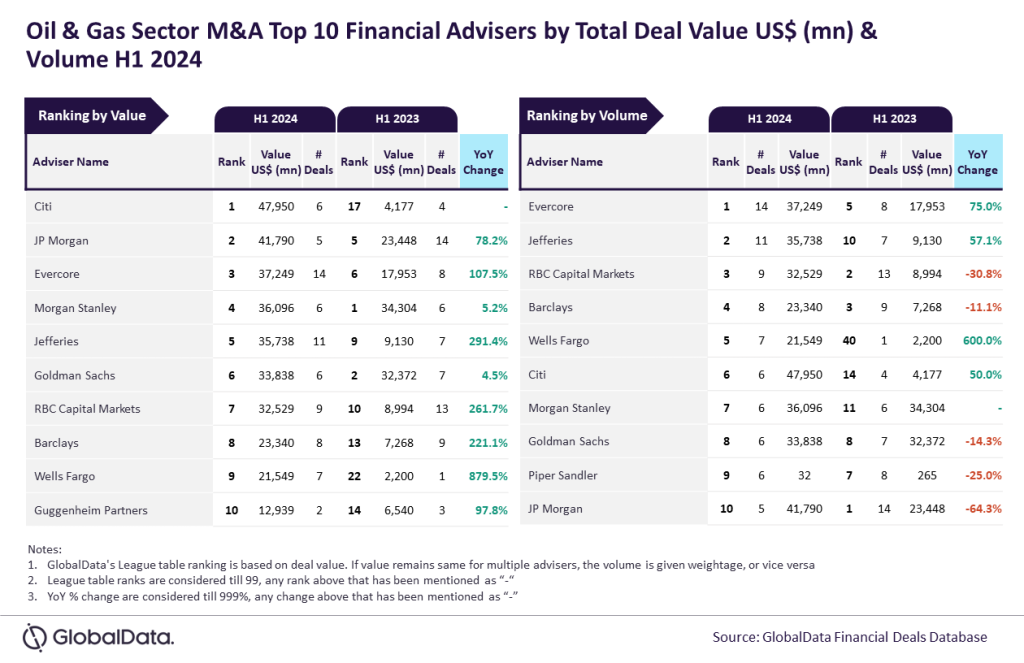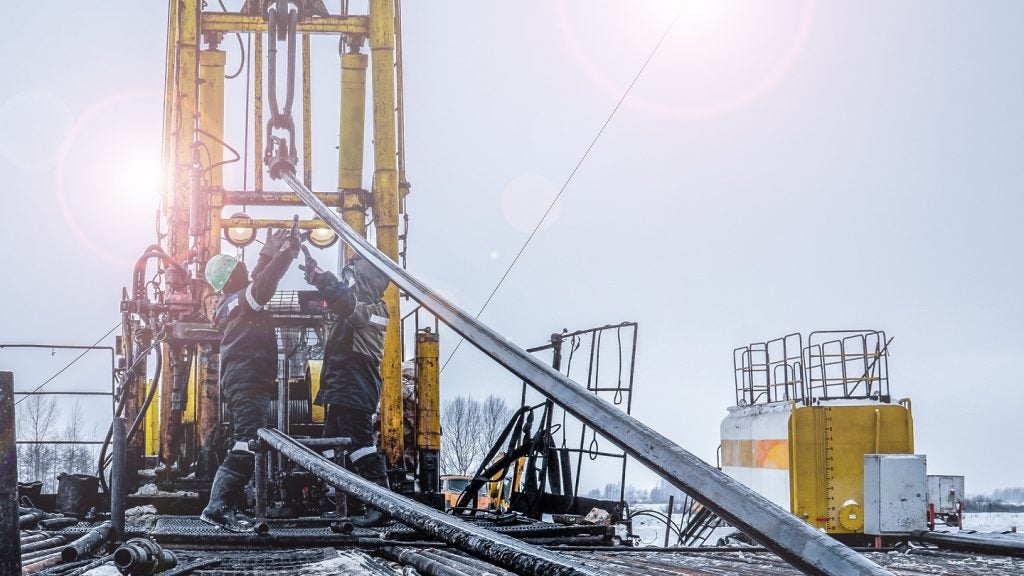Kaza is a conventional oil development located onshore India and is operated by Vedanta. According to GlobalData, who tracks more than 34,000 active and developing oil and gas fields worldwide, Kaza was discovered in 1985, lies in block KG/ONDSF/Kaza/2018. Buy the profile here.
The project is currently in feasibility stage and is expected to start commercial production in 2025. The development cost is expected to be $85 m.
Field participation details
The field is owned by Vedanta Resources.
Production from Kaza
Production from the Kaza conventional oil development project is expected to begin in 2025 and is forecast to peak in 2027, Based on economic assumptions, the production will continue until the field reaches its economic limit in 2058.
About Vedanta
Vedanta Ltd (Vedanta) is a diversified metal and mining company. The company, along with its subsidiaries, focuses on the exploration, mining, processing, and exporting of natural resources, power, and oil and gas businesses. Its product portfolio includes lead, zinc, silver, copper rod and cathodes, aluminum, iron ore, commercial power, steel, nickel, copper, and oil and gas across India. It also carries out the production of pig iron and metallurgical coke. The company provides support activities such as shipping, port services, and shipbuilding. It has operations in the US, Asia-Pacific, Europe, the Middle East, and Africa. Vedanta is headquartered in Mumbai, Maharashtra, India.
For more details on the Kaza Conventional Oil Field, buy the profile here.
Data Insights
From

The gold standard of business intelligence.
Blending expert knowledge with cutting-edge technology, GlobalData’s unrivalled proprietary data will enable you to decode what’s happening in your market. You can make better informed decisions and gain a future-proof advantage over your competitors.






